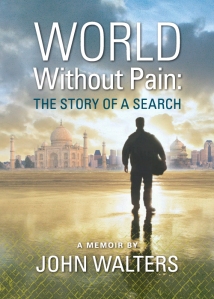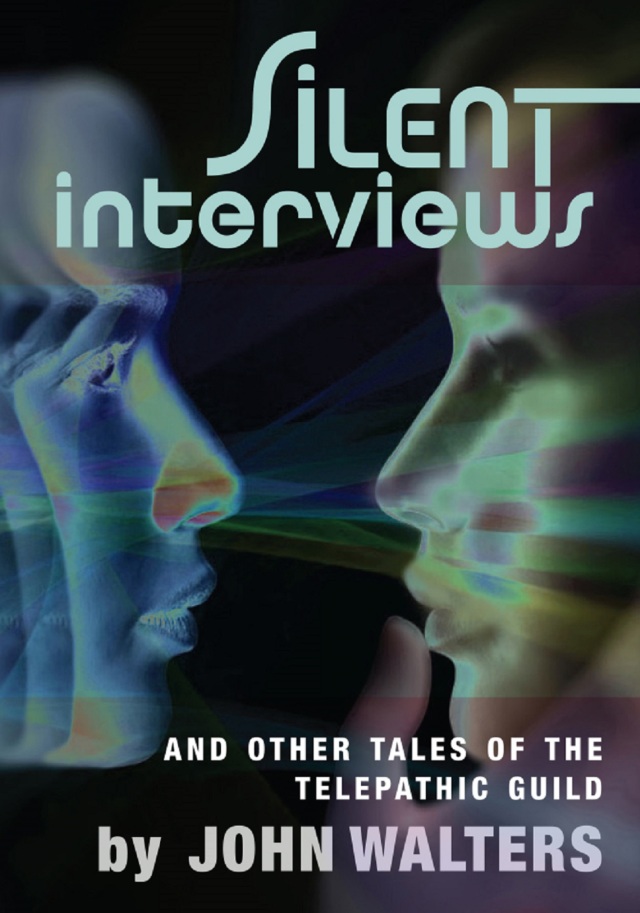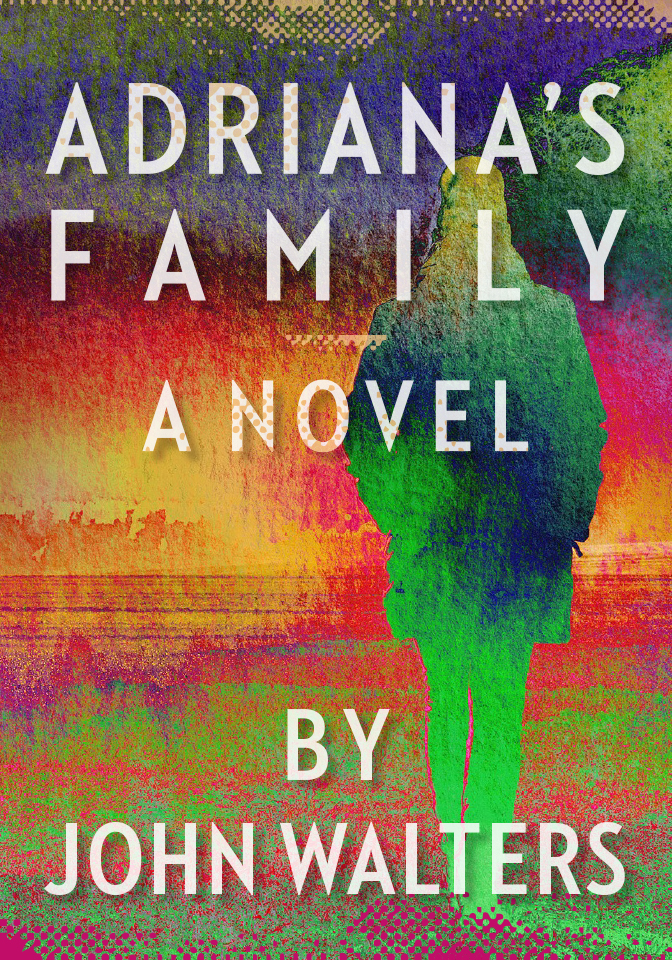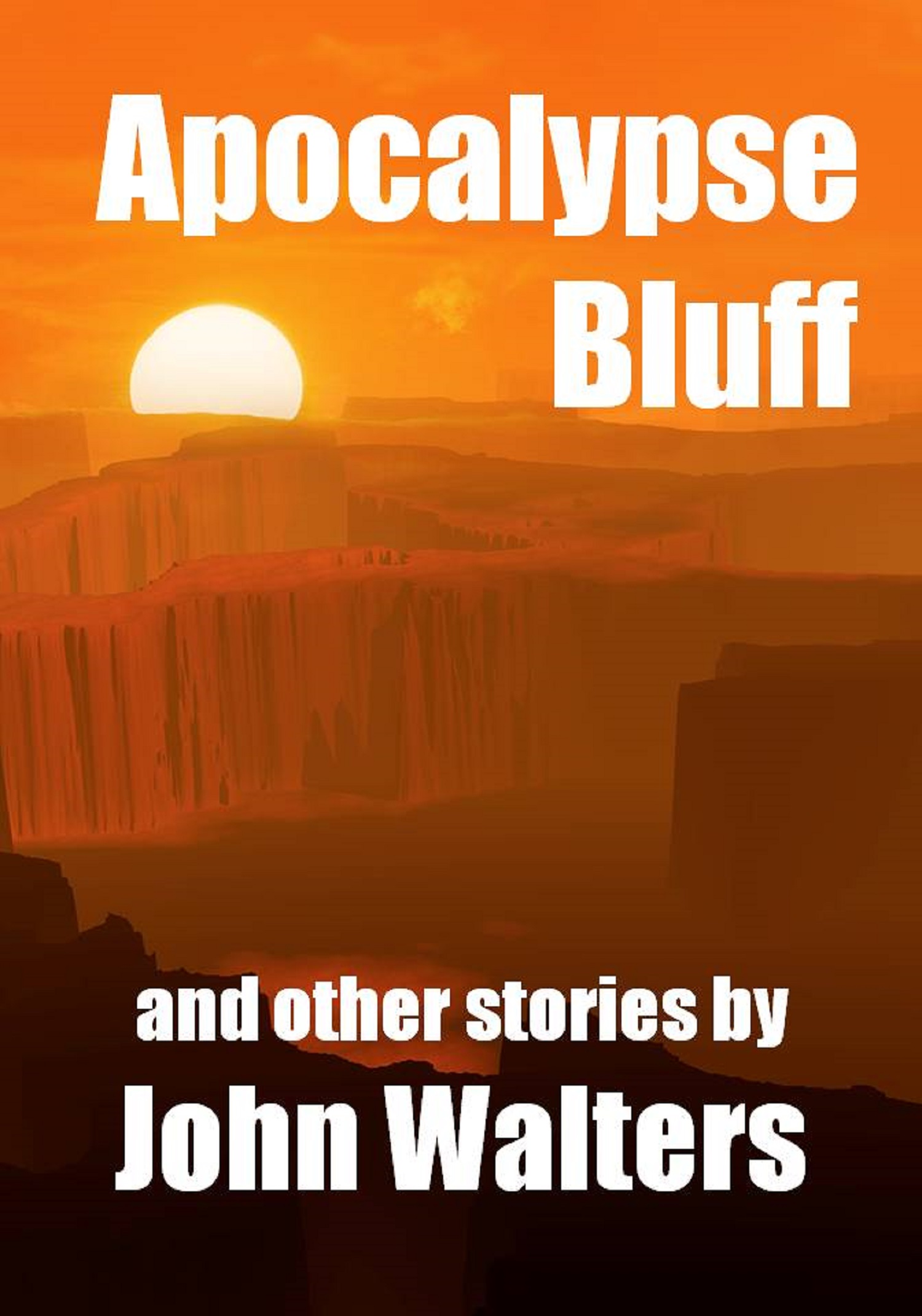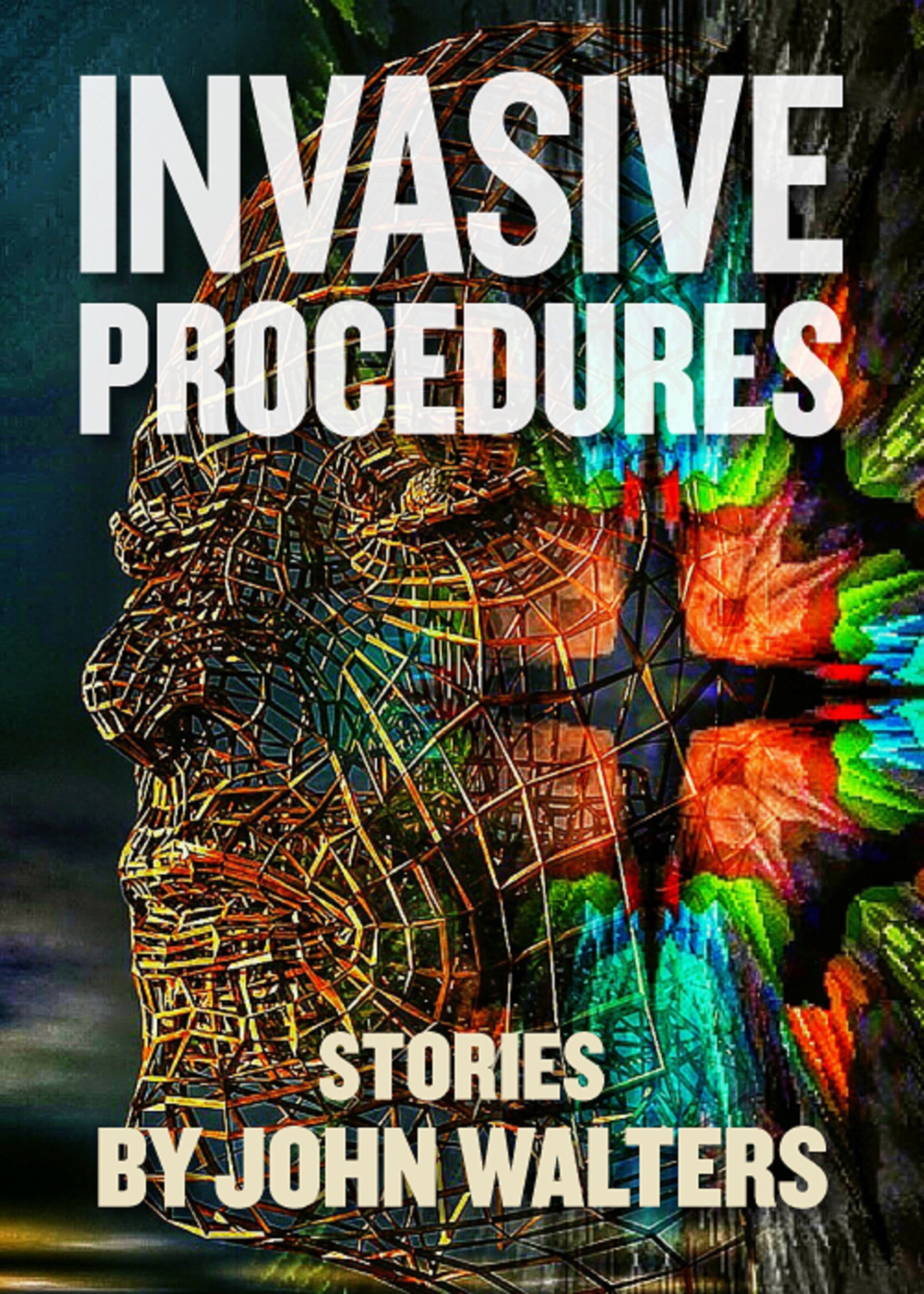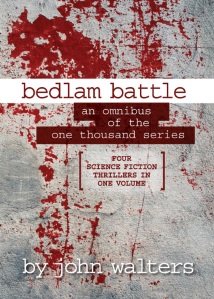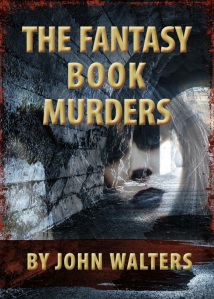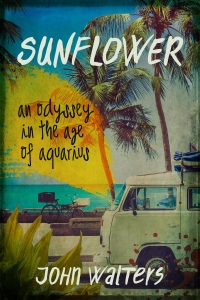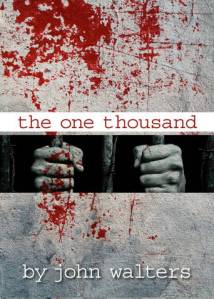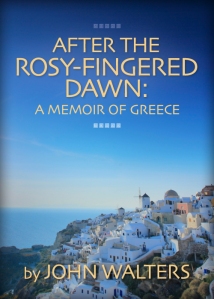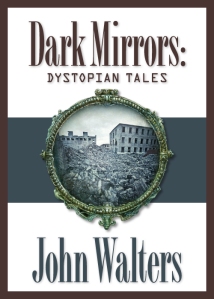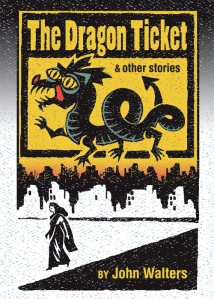I had originally intended to complete the third and final part of this review of Citizen Hearst after I had watched the movie Citizen Kane. I have even reserved a DVD copy of the film from the Seattle Public Library system, but it hasn’t arrived yet. A couple of pages in the book are devoted to Citizen Kane and Hearst’s reaction to it. In short, he hated it. He even offered to pay RKO studios the entire cost of production if they would destroy it. When it came out in spite of his threats, Hearst refused to allow any of his newspapers or magazines to review it. I decided to go on with this review because Citizen Kane isn’t the main point. It’s just one example of a notable reaction to the Hearst enigma. Another is the novel After Many a Summer Dies the Swan by Aldous Huxley, which also used Hearst and his relationship with actress Marion Davies as inspiration.
In the last review, I wrote about Hearst’s wild spending. He bought castles, real estate in New York and other places, and warehouses full of artwork; he fully financed extended European vacations on the spur of the moment for whoever happened to be visiting his home at the time; he sunk untold millions into political campaigns for candidates that turned out to be perennial losers. He was, in fact, the epitome of a super-rich and powerful man with little political acumen who pushes into politics on the strength of his wealth and his ability to destroy his enemies through propaganda.
In the mid-1930s, during the Great Depression, Hearst’s reckless spending and utter inability to balance his finances caught up with him. He found himself so deep in debt that he had to stop buying artwork and was forced to start selling. In many cases, he got far less than he had originally paid for the antiques and other expensive clutter he had accumulated, often because buyers had assessed him as a sucker and far overcharged him in the first place. He even had to sell some of his newspapers and magazines. It was a dark, depressing time for him, although it’s difficult to work up too much sympathy considering how much money he’d squandered when so many other people in the States and around the world were in such want. In the end, he still had plenty of houses, artwork, and money left over during that era when so many millions were unemployed and homeless.
What saved Hearst’s finances, as it saved many other American industries and snapped the United States out of the depression, was World War II. His newspapers increased in circulation and he managed to pull out of the deep ditch in which he had fallen. He continued managing the media empire he had created from his aerie at San Simeon for as long as he could. He died at the age of eighty-eight, and his funeral was an elaborate event attended by former presidents, senators, governors, movie stars, and other celebrities.
Why do I consider it a worthwhile activity to read such a lengthy biography of a newspaper mogul long dead? For one thing, he was an amazing man: intelligent, cunning, and extraordinarily savvy in the media business. Reading about his life also makes me ponder the current great gap that exists in the United States between the infinitesimal amount of super-rich people who hold such a large percentage of the wealth and the vast majority of the population who struggle to maintain a home and put food on the table. It makes me realize that now as well as back in Hearst’s time, the people with the most money may have certain gifts that allowed them to gather such wealth to themselves, but they are not examples on which anyone should model their lives. They have great deficiencies to go along with their great material possessions, and most of them are to be pitied rather than emulated.
In closing, I would say that I recommend this book. It’s a fascinating story about a one-of-a-kind historical character. It offers a unique if unstable vantage point from which to explore the history of the era: the perspective of a ruthless, tyrannical media mogul with an insatiable hunger for wealth and power.
* * *
As a postscript, I would like to say a few words about the movie Citizen Kane, which I have finally had the opportunity to watch. Just having read Citizen Hearst gave me an advantage, I think, because I was able to match up events in the film with events in Hearst’s life. Some details are blatant; for instance, Orson Wells as Kane quotes almost verbatim Hearst’s declaration to his newsman in Cuba: “You furnish the pictures and I’ll furnish the war.” Hearst had his palace complex in San Simeon in California, while Kane builds an immense mansion that he calls Xanadu, after the pleasure palace of Kubla Khan in Samuel Taylor Coleridge’s poem, in Florida. Kane, like Hearst, collects endless amounts of artwork, antiques, and junk and stores it all away without any possibility of ever using it.
Orson Wells, who along with Herman J. Mankiewicz won an Oscar for best original screenplay for Citizen Kane, asserted that the character of Charles Foster Kane was a composite derived from various famous personalities in journalism, which included Joseph Pulitzer and others, but the principal source was obviously Hearst. Other characters in the film are also based upon real people, but the character of Kane’s lover Susan Alexander has little similarity to Hearst’s longtime mistress Marion Davies. Alexander becomes Kane’s second wife and then leaves and divorces him, whereas Davies stood by Hearst until he died but the couple was never able to legally marry because the first Mrs. Hearst would not grant a divorce. Additionally, Citizen Kane shows Kane financing a career in the opera for Alexander in which she flops horribly, but Marion Davies’s film career, financed as it was by Hearst, actually earned her a modicum of respect.
It’s not necessary to nitpick too much about the similarities and differences in the life of Hearst and the main character in the film. Citizen Kane is a masterpiece and can be appreciated on its own terms. The award-winning screenplay was extremely innovative for its time with its documentary-style opening and then the rest of the story told in flashbacks as a reporter tries to uncover the significance of the last word that Kane utters before he dies: “Rosebud.” The meaning of Rosebud is not revealed until the final image of the film. When the camera cuts to it, it’s impossible not to experience a pang of sympathy for this otherwise pathetic and unlikeable media mogul.
Another amazing aspect of the film is its cinematography. Shot after shot is set up masterfully, and the black and white tones contribute an ominous foreboding that carries throughout the film. When Ted Turner’s Entertainment Company bought the rights to RKO and acquired Citizen Kane, an attempt was made to colorize the movie. Well’s estate managed to have the project stopped due to stipulations in his original 1939 contract with RKO. It’s good that this attempt to dumb down the film was stopped, because the cinematography is perfect just the way it is in black and white.
In closing again, I would say that I also recommend the movie Citizen Kane. However, if you are planning to read Citizen Hearst, do that first. Afterwards, when you see Citizen Kane, you will be able to appreciate nuances in it due to your familiarity with Hearst’s life story.


